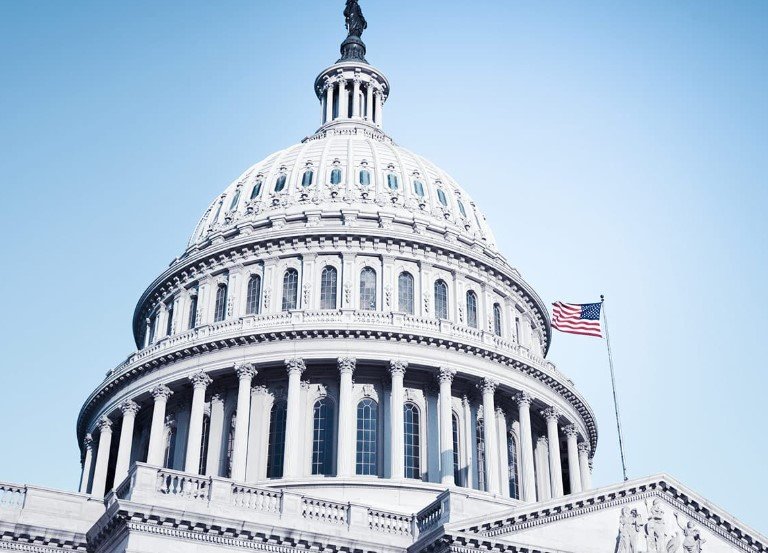Federal agencies are loading up on AI tools—but critics say it’s turning into a mess of alerts, cyber risks, and decision paralysis
The federal government is on a tear with artificial intelligence. From FDA labs to Pentagon war rooms, new systems are getting installed, dashboards are lighting up, and the acronym-heavy press releases won’t stop flowing.
But behind the flash, something feels…off.
AI Is Showing Up Everywhere—But Is It Actually Helping?
In theory, the applications sound smart. The Food and Drug Administration is using AI to help review scientific research. The U.S. Army is dabbling with generative AI tools for “daily ops,” whatever that means in military-speak. Even Wisconsin, not exactly a tech mecca, is trying to use AI to court business investors.
The promise? Faster decisions, better analysis, happier public servants.
In reality, though, the implementation often feels more like tossing a high-end espresso machine into a diner kitchen—cool to look at, but no one knows how to use it properly.
Tom Guarente from Armis, a cybersecurity firm that sells to governments, recently put it bluntly in a column: “Tech for tech’s sake is not enough.”
He’s not alone in thinking that.
New Tools, Old Problems
Agencies aren’t just adopting AI. They’re drowning in it. Multiple insiders across federal departments say there’s been a surge in overlapping platforms, dashboards, and analytics engines since late 2023.
“Everyone’s got their own thing,” said one senior official at the Department of Homeland Security. “We’ve got six tools to detect threats, and none of them talk to each other.”
The overload isn’t just annoying. It’s risky. Especially for cybersecurity teams who now face the double-edged sword of AI-generated alerts.
One longtime federal CISO described the effect like this: “Imagine your fire alarm going off every 30 seconds, even when it’s just burnt toast. That’s how it feels with some of these threat feeds.”

And that’s where the biggest irony lies. The very systems meant to reduce risks might be increasing them, simply by overwhelming the humans meant to interpret them.
What Good Is Data If You Can’t Use It?
There’s a deeper disconnect happening.
Leaders are buying into platforms that promise insight. But few are asking if their teams have the capacity or clarity to act on that insight.
Here’s the catch: AI can definitely tell you what’s going on faster than a person.
But that’s not enough.
As Guarente noted, unless that information actually supports human decision-making—meaning it makes the window for action smaller, not wider—it becomes another expensive distraction.
This is the tech version of “analysis paralysis,” and it’s already visible.
One IT director at a civilian agency shared a telling anecdote: “We ran a simulation where our new AI tool flagged an intrusion in under a minute. But it took the team 40 minutes to verify it and another hour to respond, because they didn’t trust the flag. So what was the point?”
What Leaders Should Be Asking (But Often Don’t)
Guarente’s critique centers on a set of questions that sound basic—but apparently aren’t getting asked enough:
-
What’s already running in our environment?
-
Do we even understand how it behaves?
-
Is this new tech helping people make better decisions—or just more decisions?
The obsession with “innovation” has turned some agencies into what one Hill staffer called “sandbox addicts”—constantly piloting tools that never get rolled out at scale.
That staffer added, “If we counted all the AI pilots launched since 2021, we’d have enough ‘testbeds’ to fill a small country.”
The Security Paradox: More AI, More Problems?
Let’s not forget the security angle here.
AI systems need data—lots of it. Sensitive data. The kind agencies usually don’t want exposed, even internally. That opens the door to a tangle of compliance, risk assessments, and ethical concerns that most agencies aren’t ready for.
In fact, according to a 2024 report from the Government Accountability Office (GAO), over 70% of federal departments lacked a formal framework for evaluating AI risks.
The same report found that less than 30% had conducted an internal audit on AI use cases.
Here’s a quick look:
| Federal AI Readiness Metric | % of Agencies Meeting Standard (2024) |
|---|---|
| Formal AI Risk Evaluation Framework | 28% |
| AI Ethics Committee in Place | 19% |
| Comprehensive Cyber Impact Review | 32% |
| AI Vendor Oversight Protocol | 24% |
One line from that GAO report hits hard: “There is a clear gap between AI adoption and AI governance.”
That’s putting it mildly.
There’s Still Time to Get This Right—But It’ll Take a Reset
Nobody’s saying government shouldn’t use AI. But a few things need to change fast if it’s going to actually make an impact instead of becoming another bureaucratic boondoggle.
First, decision-making must come before tool-buying. If a team doesn’t know what it needs, it definitely doesn’t need another AI dashboard.
Second, leaders need to stop pretending AI is plug-and-play. It’s not. It takes training, testing, and—crucially—discipline to avoid scope creep.
Third, there needs to be more accountability for the vendors flooding agencies with promises. If a tool doesn’t simplify work or improve mission performance within six months, it shouldn’t still be on the server.
Lastly, Congress might need to step in with sharper rules around AI procurement, performance tracking, and inter-agency coordination. Several lawmakers have already hinted that hearings are coming later this year.
“We’re not trying to kill innovation,” said one Senate staffer involved in oversight discussions. “But we’re definitely going to start asking, ‘What problem is this actually solving?’”








